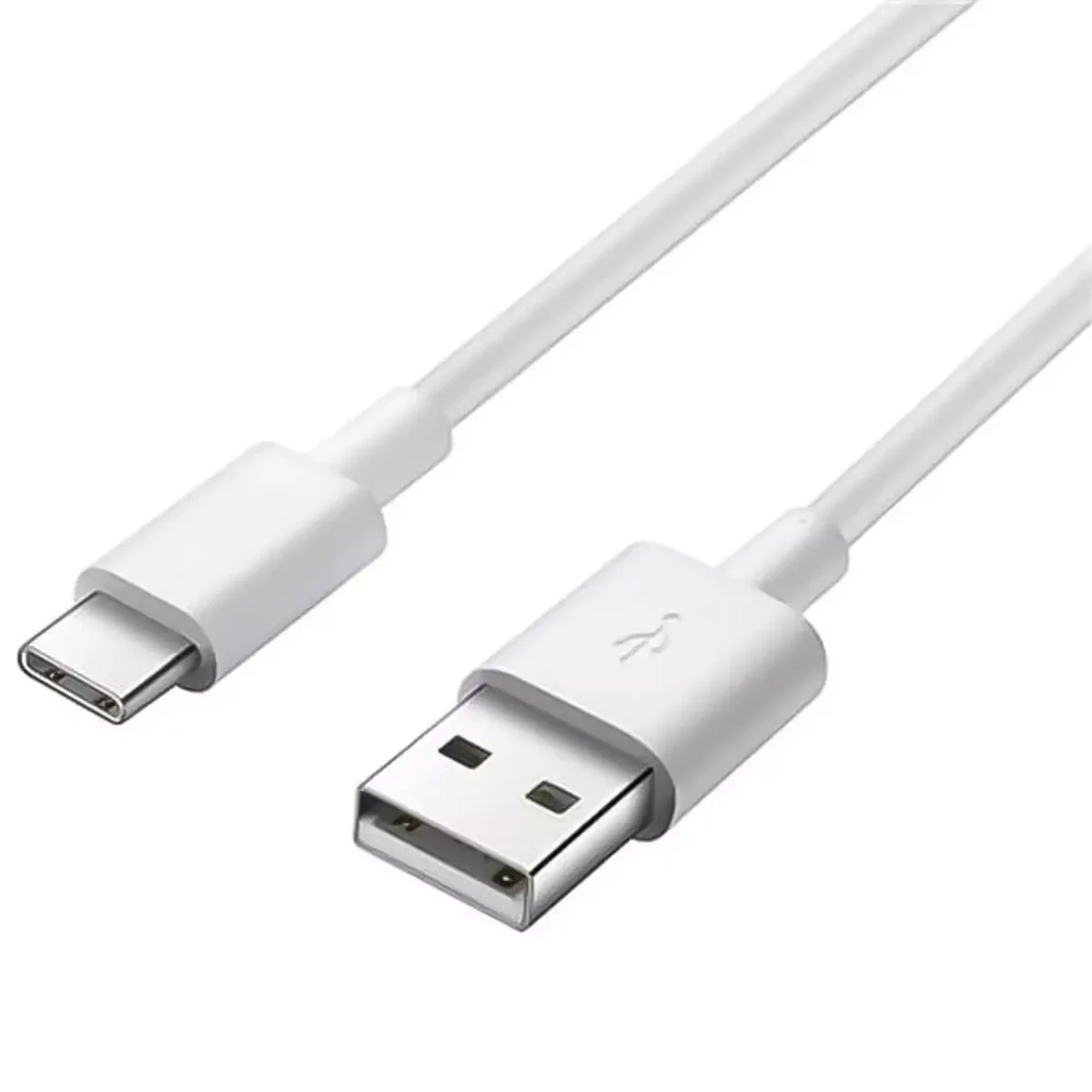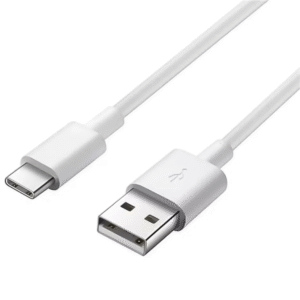cable for battery carriers 3
Understanding cable for battery carriers 3
USB, or Universal Serial Bus, charging cables are specifically designed to deliver power from a source—be it a wall adapter, power bank, or computer—to various electronic devices. When it comes to battery carriers, the appropriate USB charging cable ensures a seamless transfer of energy, maximizing efficiency and minimizing downtime.
Key Features of USB Charging Cables
1. Length Matters
One of the first things to consider when selecting a USB charging cable for battery carriers is its length. A cable that is approximately 1 meter (3.3 feet) is often the sweet spot. This length strikes a balance, providing enough reach to be flexible while reducing clutter. Longer cables can become unwieldy, leading to tripping hazards or tangling, whereas shorter cables may limit your movement and accessibility. cable for battery carriers 3
2. Connector Types
USB cables come with various connector types: USB-A, USB-B, Micro USB, and USB-C. Each type serves different devices, so ensure your selected cable matches the connectors on your battery carrier and charging devices. Currently, USB-C is gaining widespread popularity due to its reversibility and fast data transfer capabilities, making it a fantastic choice for modern battery carriers. cable for battery carriers 3
3. Durability and Build Quality
The build quality of your USB charging cable for battery carriers is crucial for ensuring longevity. Opt for cables manufactured from high-quality materials like braided nylon or reinforced fabric. These options provide the durability necessary to withstand everyday Fvkd
Fvkd exotics use and minimize the risk of fraying. Look for cables equipped with stress relief features near the connectors to prevent breakage from bending and twisting.
4. Charging Speed
Charging speed is another critical factor that can significantly affect how quickly your battery carriers recharge. A cable that supports Fast Charge technology can drastically reduce downtime, allowing you to get back to what matters most. To maximize charging efficiency, ensure that your cable is used in conjunction with a compatible charger. cable for battery carriers 3
5. Compatibility
It’s essential to verify that your USB charging cable can accommodate the specific charging requirements of your battery carrier. Some may have unique voltage and current needs, so confirming compatibility is vital for both safety and optimal performance. Never overlook this aspect, as using an incompatible cable can lead to dangerous situations or device damage.
Benefits of a Quality USB Charging Cable
Investing in a high-quality USB charging cable for your battery carrier comes with numerous advantages. First and foremost, it provides reliable and consistent charging, which minimizes the risk of losing power during critical moments. A quality cable can significantly enhance the lifespan of your devices, as inadequate charging may lead to battery fatigue or even damage. cable for battery carriers 3
Moreover, high-quality cables often come with warranties or guarantees, giving you peace of mind in the event of issues. These cables typically feature durable materials that resist wear and tear, making them suitable for diverse environments.
Maintenance Tips for Longevity
To ensure your USB charging cable for battery carriers endures the test of time, consider these maintenance tips:
– Store Properly: Avoid wrapping cables too tightly, which can lead to internal damage. Instead, gently coil them or utilize a designated cable organizer to keep them tangle-free.
– Avoid Excessive Tugging: Always pull the cable by its connector, not the cable itself, to reduce stress and prevent breakage at the joints.
– Keep Away from Extreme Conditions: Protect your cables from extreme temperatures, moisture, and direct sunlight, as such conditions can degrade the materials over time. cable for battery carriers 3
Conclusion
In conclusion, selecting the right USB charging cable for your battery carriers is crucial for achieving efficiency, safety, and longevity. A 1-meter cable is often ideal for convenience and flexibility. By focusing on essential features such as connector types, durability, charging speed, and compatibility, you can make an informed decision that enhances your devices‘ performance. By investing in a quality cable and adhering to maintenance tips, you can significantly extend the lifespan of your battery carriers and ensure they meet all your power needs.





Rezensionen
Es gibt noch keine Rezensionen.